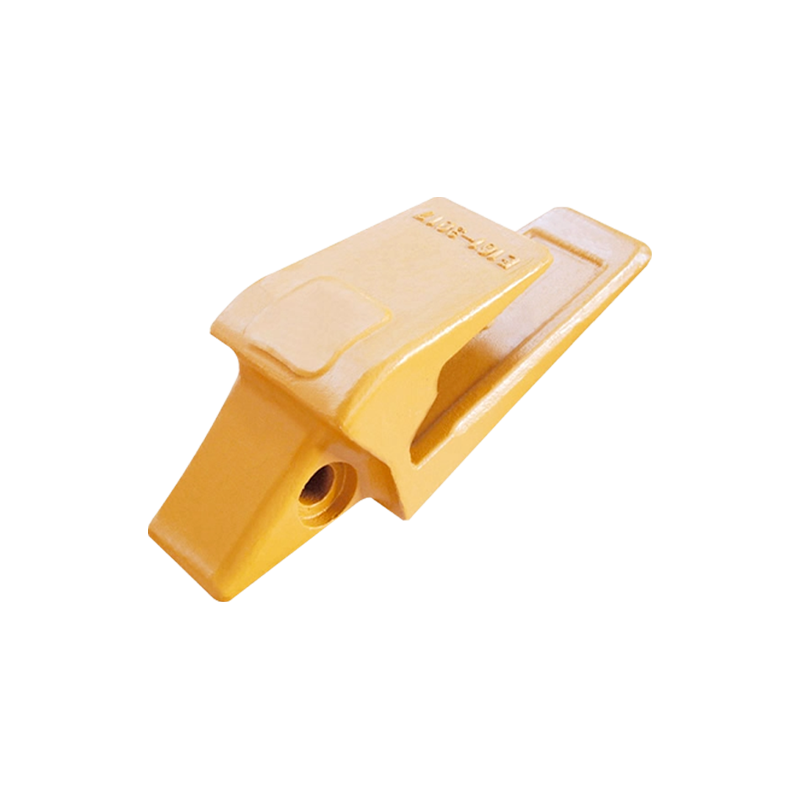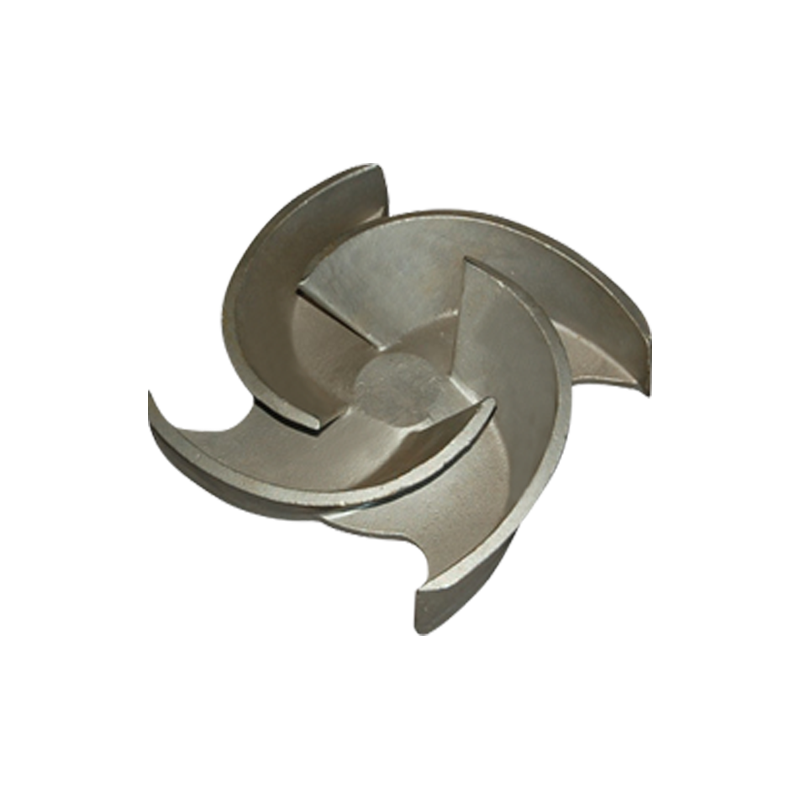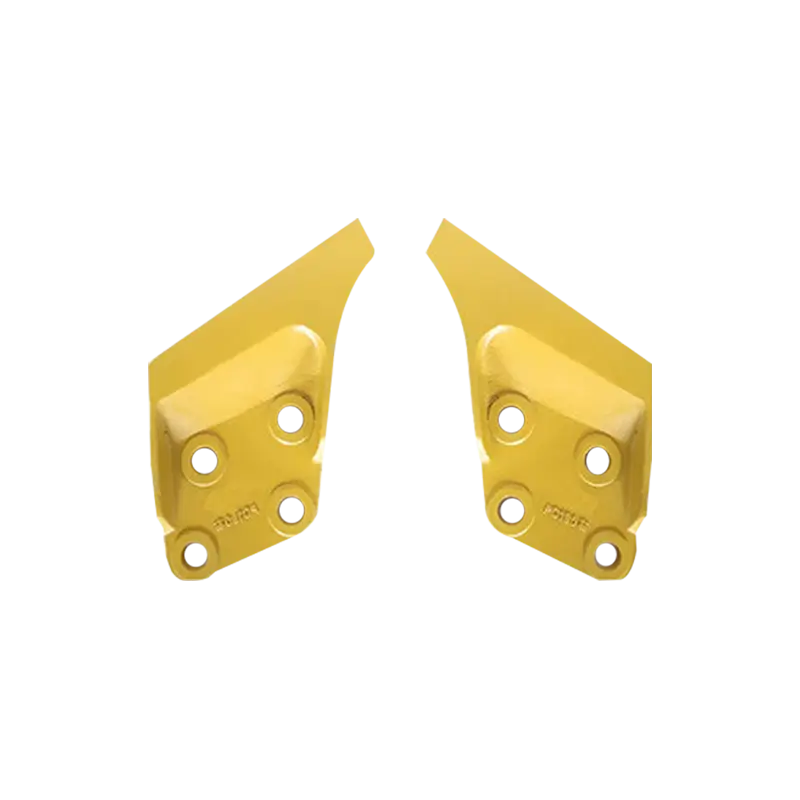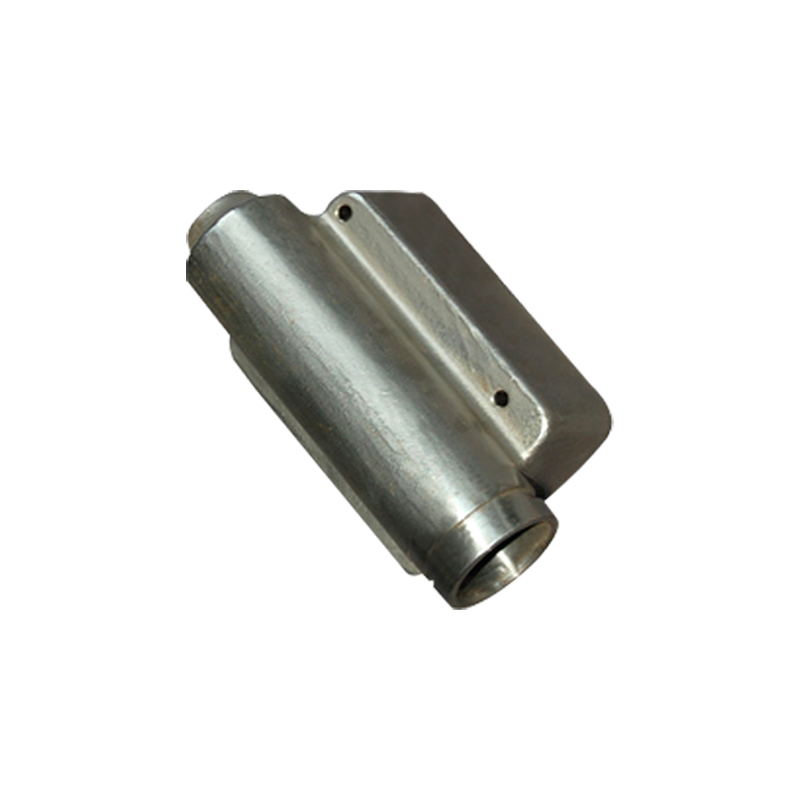Our quality assurance services and processes ensure the reliability of our products and your satisfaction.
Sand casting is a widely used metal casting technique that has been around for thousands of years. It’s still a key method in modern manufacturing due to its cost-effectiveness, versatility, and capability to produce complex parts. In the sand casting process, molten metal is poured into a mold made of sand to form a solid object once it cools and solidifies. This process is used across various industries, including automotive, aerospace, construction, and machinery.
1. Pattern Creation: The Foundation of Sand Casting
The pattern is an exact replica of the final product but usually slightly larger to account for metal shrinkage during the cooling process. Traditionally, patterns were made from materials such as wax, wood, or metal. However, in modern sand casting, 3D printing has become a common technique for creating patterns, especially for intricate designs. The ability to use 3D printing reduces the time and cost associated with traditional methods.
The pattern is created based on the design specifications of the final part. A high degree of accuracy is required to ensure that the cast product has the correct dimensions and features. Patterns can also be made in multiple pieces if the part is complex, with each section of the mold assembled to form the final shape.
2. Mold Preparation: Creating the Space for the Cast
Once the pattern is prepared, it is placed inside a box or flask, and the mold-making process begins. The mold itself is created from a mixture of sand and a binder, typically clay, and sometimes water or chemicals, which help to hold the sand particles together. This sand mixture is compacted around the pattern to form a solid mold cavity.
2.1 Types of Sand Used
The type of sand used in the casting process is crucial, as it impacts the quality of the casting. Silica sand is the most commonly used material in sand casting due to its availability, cost-effectiveness, and heat resistance. However, there are various other types of sand used depending on the casting requirements, such as olivine sand and zircon sand, which offer better heat resistance and can be used for more specific applications.
2.2 Compacting the Sand
The sand mixture is compacted around the pattern either manually or through mechanical methods. When compacting the sand, care is taken to ensure there are no gaps or air pockets, as these can lead to defects in the cast part. If the mold is not compacted properly, it can cause the molten metal to flow unevenly, which could result in porosity or weak areas in the final casting.
3. Melting and Pouring: The Heart of the Process
After the mold is created, the next step is to melt the metal that will be poured into the mold. The metal is typically heated in a furnace to its molten state. Common metals used in sand casting include aluminum, bronze, steel, and iron.
3.1 Furnaces and Equipment
There are various types of furnaces used to melt the metal, depending on the specific metal and the size of the casting. Electric induction furnaces are commonly used for non-ferrous metals like aluminum, while oil or gas-fired furnaces are typically used for ferrous metals like steel and cast iron.
The metal is melted to a specific temperature, depending on its type. For example, aluminum is typically melted at around 660°C (1220°F), while steel requires temperatures above 1370°C (2500°F). The molten metal is then poured into the mold through a pouring cup and into channels known as gates and runners. These channels direct the molten metal into the cavity where the pattern was removed.
3.2 Pouring Process
Pouring the metal correctly is crucial to avoid defects. The metal must be poured at the right temperature and at a controlled speed to prevent turbulence, which can introduce air pockets or cause the metal to solidify prematurely.
4. Cooling and Solidification: From Liquid to Solid
Once the molten metal fills the cavity, it is allowed to cool and solidify. The cooling time varies depending on the size and material of the casting. As the metal cools, it contracts slightly. To accommodate this, the pattern is made slightly larger than the desired final part, and allowances are made in the design to prevent the casting from cracking or warping.
Cooling and solidification are crucial stages. If the metal cools too quickly, it can cause cracks or weak spots in the casting. If it cools too slowly, the metal may form unwanted crystallization patterns or inclusions. Managing the cooling rate is essential for producing high-quality castings.
4.1 Cooling Rate Control
Cooling is sometimes controlled by using special cooling techniques, such as adding chills (metal pieces placed strategically in the mold to absorb heat and control the cooling rate). In modern sand casting, simulations are often used to predict how the molten metal will behave as it cools and solidifies, allowing for better control over the process.
5. Finishing: Refining the Casting
Once the metal has cooled and solidified, the mold is broken apart to reveal the raw casting. The casting usually requires additional steps to refine it into a finished product. These steps may include:
5.1 Cleaning and Removal of Sand
The first step is removing any leftover sand from the surface of the casting. This can be done through various methods, such as sandblasting, vibratory finishing, or water jets. The cleaning process removes any mold material that may have adhered to the surface of the casting during the cooling phase.
5.2 Machining
Machining is used to remove excess material and to achieve the final dimensions and surface finish of the part. Milling, turning, and grinding processes are commonly used in sand casting to produce the required tolerances and surface quality.
5.3 Heat Treatment
Certain castings may require heat treatment to improve their mechanical properties, such as strength and hardness. This may involve processes like annealing, quenching, or tempering, depending on the material and the desired characteristics of the final part.
Advantages of Sand Casting
Sand casting has several significant advantages, which make it the preferred choice for many manufacturing applications:
| Advantage | Explanation |
|---|---|
| Cost-Effectiveness | Sand casting is inexpensive compared to other casting methods. The materials, such as sand and clay, are low-cost, and the process is highly adaptable for both small and large quantities of parts. |
| Versatility | It can be used to cast a wide range of metals and alloys, including aluminum, bronze, steel, and iron. This makes it applicable in many industries, from automotive to aerospace. |
| Complexity | Sand casting can create parts with complex geometries, such as intricate internal passages, which would be difficult to produce with other methods. |
| Low-Cost Prototyping | Sand casting is ideal for prototyping and low-volume production runs because the molds can be made quickly and at a lower cost compared to other methods like investment casting. |
| Size Range | It can be used to cast parts of various sizes, from small components to large industrial parts, offering flexibility in production. |
 Language
Language
 FT CASTING
FT CASTING















